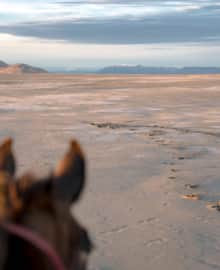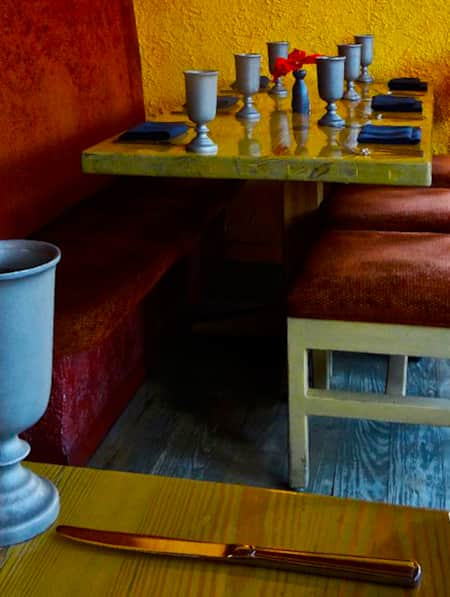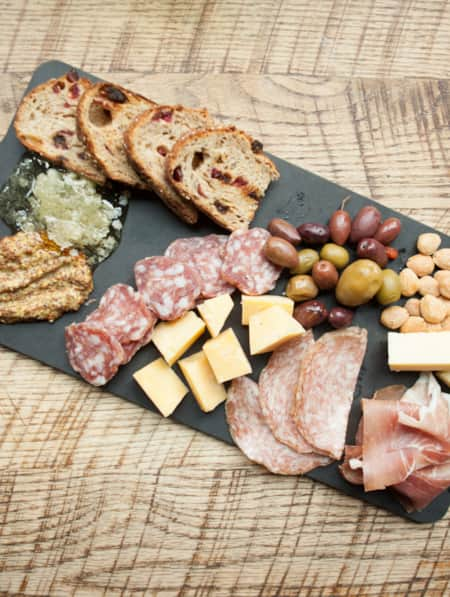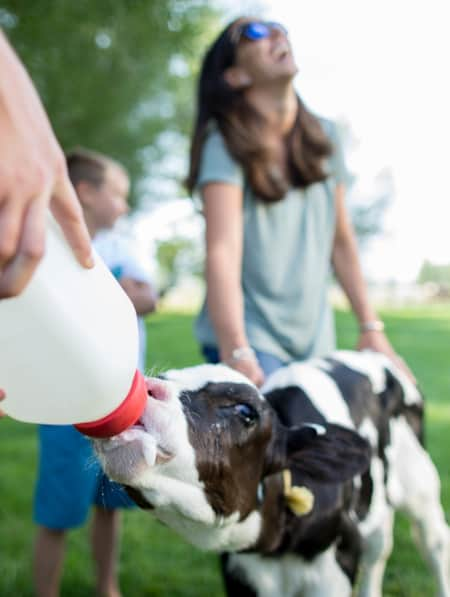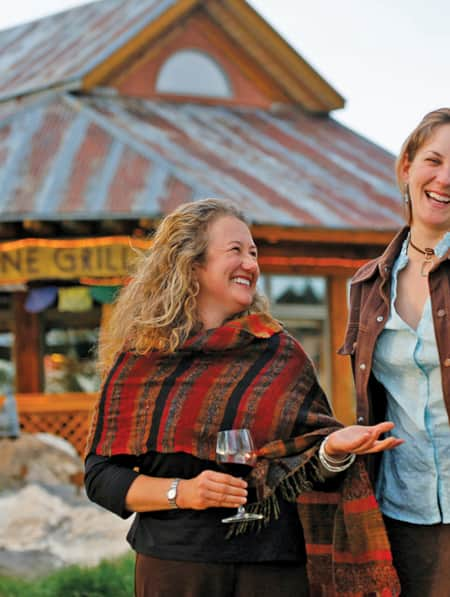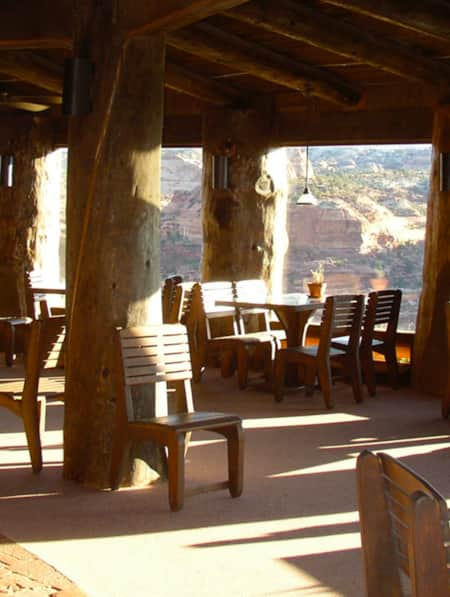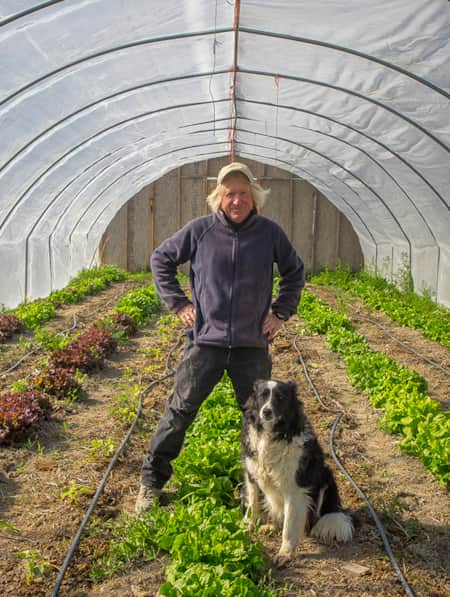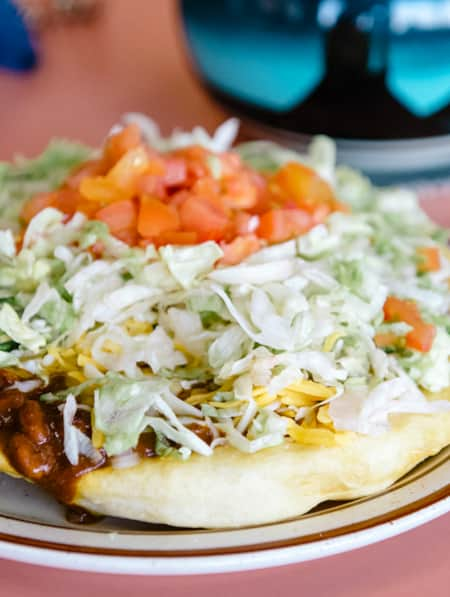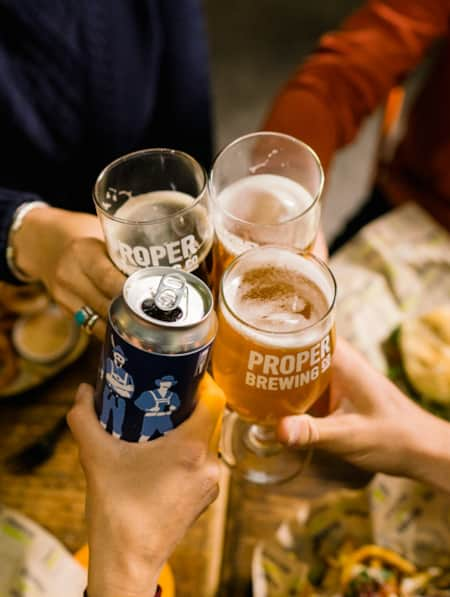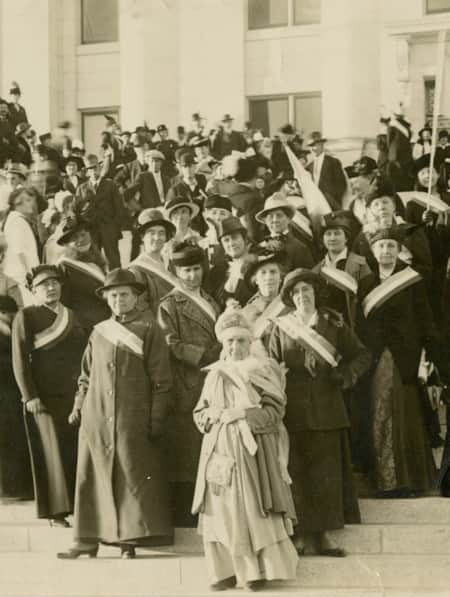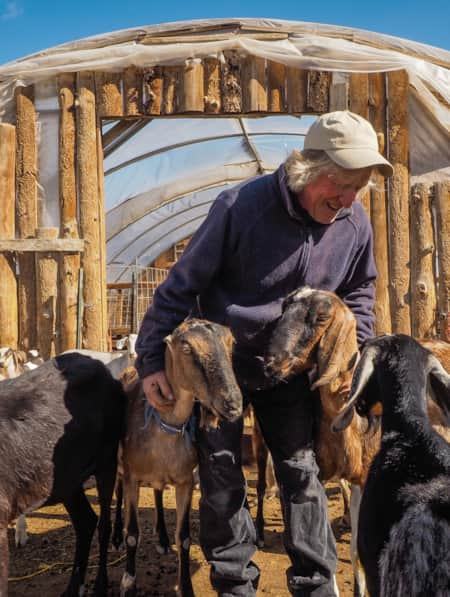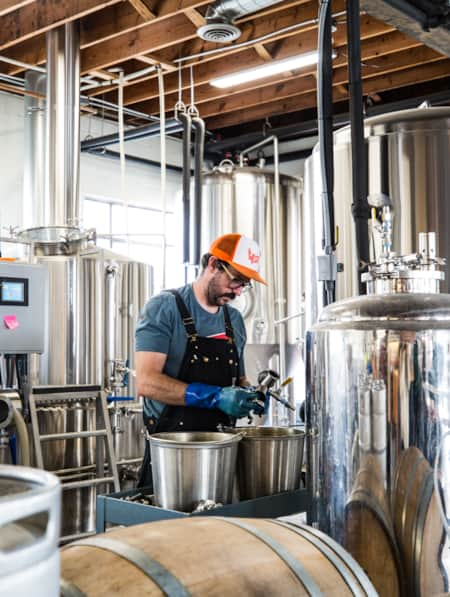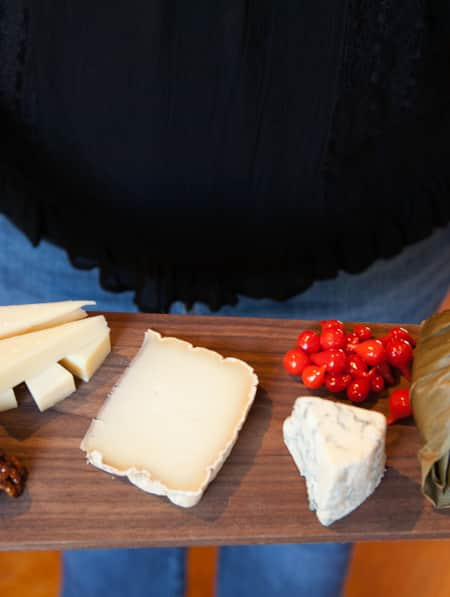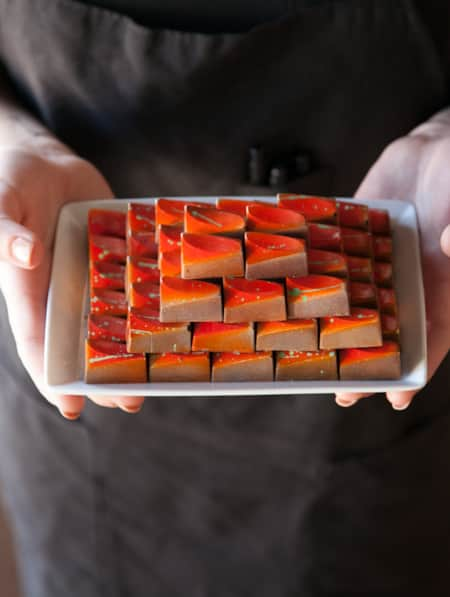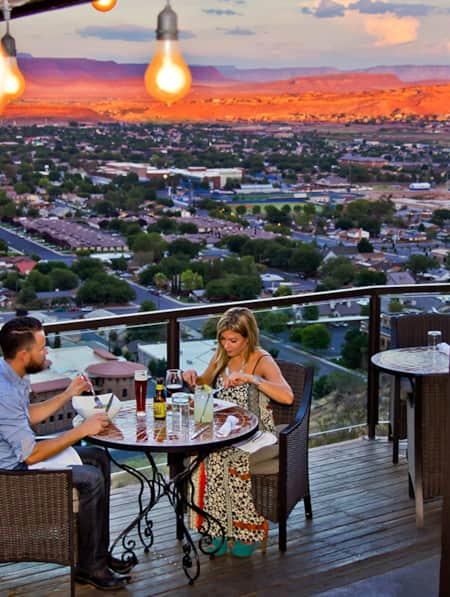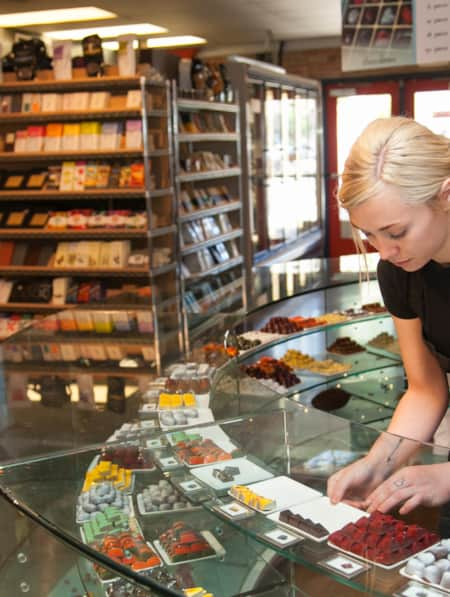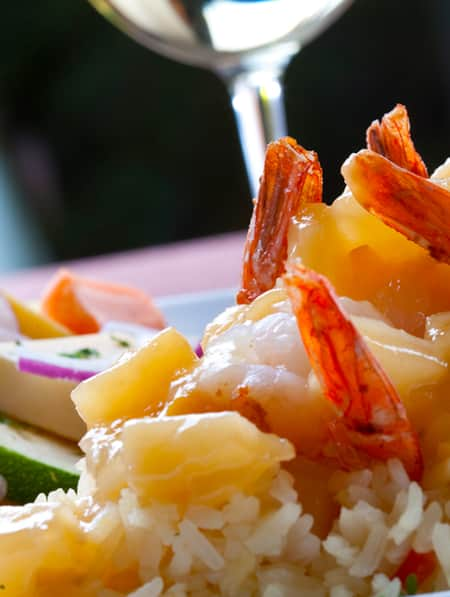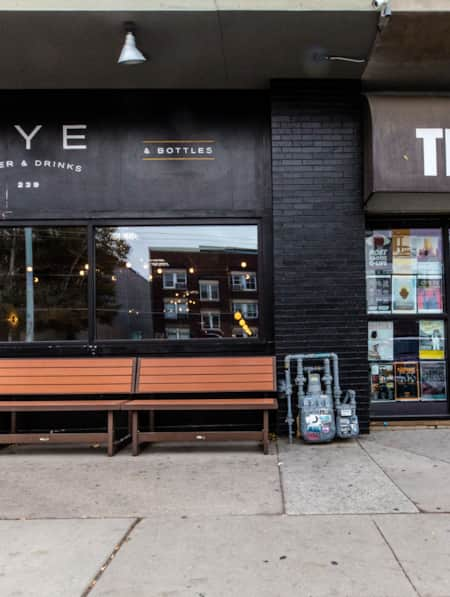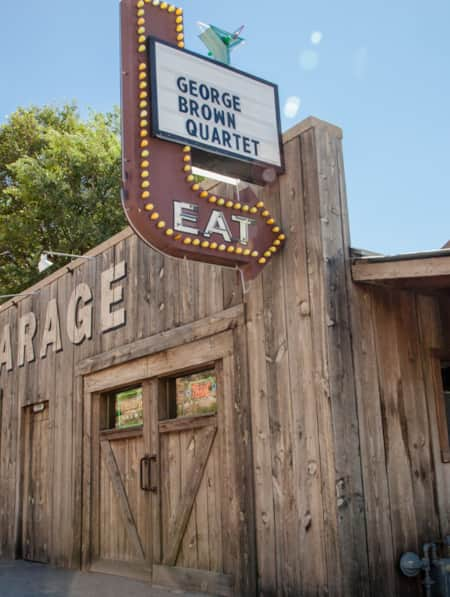Wine, Women and Why-the-Heck-Utah!
Finding great wines in Utah may still be a surprise for some, but that view is quickly changing with help from a pioneering wine merchant based in Salt Lake City.

Yes, there is wine in Utah. Actually, there are a lot of great wines here, and one woman sees opportunity precisely because it’s Utah to bring even more. Stephanie Cuadra of Terrestoria Wine Imports, a wine merchant based in Salt Lake City and Milan, is introducing boutique wines from Italy and Spain produced by women winemakers exclusively to the shelves of Utah’s state-run wine and liquor stores. Buyers are taking notice of the products and the women behind this pioneering venture.
"You don’t have to be a wine buff to appreciate the original stories told in each glass; your senses are instantly awakened to the places and people that created them."

Stephanie Cuadra of Terrestoria Wine Imports.

Finding great wines in Utah may still be a surprise for some, but that view is quickly changing.

Cuadra and the women winemakers of Terrestoria are blazing trails with “The Utah Project,” a name that conjures not just the place but the potential.
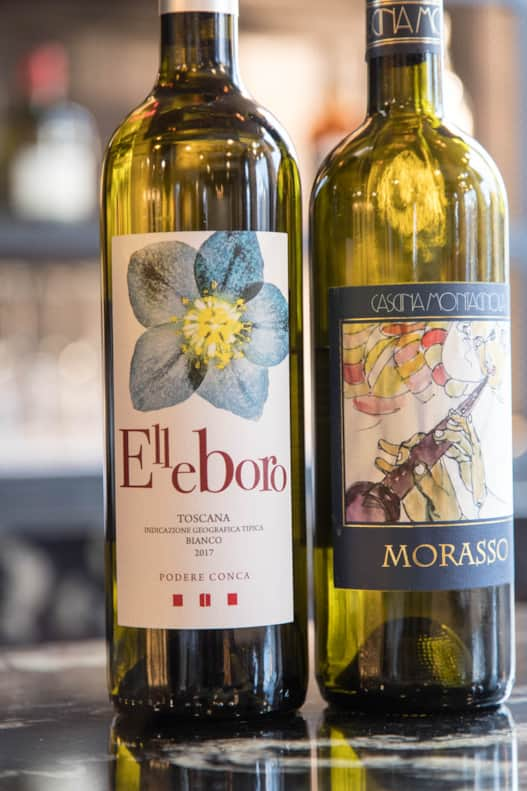
You don’t have to be a wine buff to appreciate the original stories told in each glass.
“They call it ‘The Utah Project,’” says Cuadra, when asked why a growing list of European female vintners would choose to sell their wines in Utah instead of New York or Los Angeles. Indeed, initially, it was not an obvious choice. “Is that where the Amish are?” one winemaker asked her.
People outside Utah know as much about the state as people inside Utah know about wine, which is to say, not much. However, when one discovers the other — a similar respect for the land and culture, celebration of independence and sense of adventure — each nods in understanding even if one never sets foot in Salt Lake City or the other ever raises a glass of Chardonnay.
As someone who has straddled these cultural divides, Cuadra looked from the Old World to the New and saw, not just an opportunity, but an “openness to opportunity” for these winemakers in Utah. She discovered the state government’s monopoly on the distribution and sale of alcohol offered some cultural and economic advantages, particularly for small winemakers, not available in many other states or even the winemakers' home countries.
Brief History of Wine in Utah (very brief): Utah’s Legislature cast the necessary 37th vote to ratify the 21st Amendment to the U.S. Constitution repealing — yes, repealing — Prohibition. This paved the way for states to regulate alcohol within their borders, even creating “dry” locales. However, despite being the home of The Church of Jesus Christ of Latter-day Saints, whose members abstain from alcohol, Utah didn’t ban alcohol anywhere. The state just regulated distribution and sale through its own stores.
So, unlike most states, Utah doesn’t have private wholesalers and retailers — or, most importantly, their market-driven markups — creating a “two-tier” system that, for smaller producers, can mean greater access for them and lower prices for consumers. It’s far from perfect, and some restrictions leave folks scratching their heads, but like any regulatory system, where some see barriers, others see openings.
It was because of, not in spite of, this quirky environment, Cuadra and her women winemakers saw potential in The Utah Project.
Whatever their background, people come to Utah and cannot seem to leave. The explosive growth in population and investment in the state during the 21st Century testify to this. Cuadra was part of the wave that relocated to Utah from Los Angeles during the runup to the XIX Olympic Winter Games in Salt Lake City in 2002. She was pregnant with her second of, eventually, five children and settled into a historic manor (previously owned by a Utah suffragette), the home where she and her family still spend their summers. During the school year, she says, her family lives in Milan but, even before launching Terrestoria, she, for some unexplained reason, felt a pull to “keep one foot” — a connection — in Utah.
As a former journalist, Cuadra, as her company’s name implies, is a storyteller. Among the best, and still unfinished, is her own. She would likely entitle it, “Connect the Dots,” a phrase she uses to describe how a Georgetown-educated writer working in South America ends up in LA, Salt Lake City, France, Italy and, eventually, Spain hiking the Camino de Santiago. It was here where she had an epiphany (an appropriate word on that famed pilgrimage route) that led her to create Terrestoria and import a delicious Albariño produced by Noelia Bebelia to Utah.
Dots, perhaps, but her seemingly quixotic tales are inevitably about how Cuadra profoundly connects with the people and places, even those she serendipitously encounters. Thus, the heart of Terrestoria is about relationships, not the bottom line. For those closest to the vine, it’s seldom about the bottom line.
Winemaking is among the most challenging areas to find financial success in the agriculture business and, for some, it’s more of a calling. Not only do you have to grow and harvest the grapes, but then you have to crush, bottle and store (sometimes for months or years) what will eventually become a bottle available for sale. There are innumerable variables — from droughts and deluges to beetles and bacteria to trade wars and tariffs — that can instantly disrupt or destroy these efforts. Even when successful, you still have to find a place to sell it!
Global markets have expanded reach primarily for the largest labels creating, as Cuadra describes it, the tension (and irony) of making wine inclusive for many people but exclusive for many wines.
Although locally-produced wines can be found, Cuadra laments that many, including Terrestoria’s selections from Chianti or Venice, are missing in nearby Milan. Sadly but not surprisingly, retailers and restaurants everywhere have to stock what they can obtain and sell a lot of, for the most profit, quickly. The wine market is dominated by online and big-box retailers and wholesale consolidators that favor recognized names and creative labels over small-scale boutique producers.
However, as with the farm-to-table and independent film movements, this has created a demand that’s is understood and appreciated, particularly in Utah. Cuadra has discovered many smaller vintners who believe that artisan methods and indigenous grapes are the best hedges against economic and environmental forces and, actually, provide the highest-quality products to consumers.
One of these is Cascina Montagnola made with Timorasso, an ancient grape from Piedmont that recently teetered on extinction. Italy is the world’s largest wine-producer, and this region, northwest of the hiking trails of Cinque Terre, is synonymous with the Nebbiolo grape, which produces its esteemed Barolo wine. However, Timorasso is the one creating a buzz among wine connoisseurs, described as “the white Barolo,” and it’s — you guessed it — available in Utah.
This and other ‘indy grapes' are akin to the independent films premiering at the Sundance Film Festival, Cuadra explains to winegrowers (looking for expanding markets) and Utah buyers (looking for exciting products). She hunted down this Timorasso by doyenne Donatella Giannotti believing it belonged on Utah tables. Just as intentionally, she seeks out other grapes, varietals and producers — many of whom are women — that embrace this creative, industrious and trailblazing philosophy.
You don’t have to be a wine buff to appreciate the original stories told in each glass; your senses are instantly awakened to the places and people that created them. That’s what Cuadra seeks with this venture. She doesn’t want to bring another superhero movie to Utah; she wants to bring the next Academy Award winner.
Finding great wines in Utah may still be a surprise for some, but that view is quickly changing. Cuadra and the women winemakers of Terrestoria are blazing trails with “The Utah Project,” a name that conjures not just the place but the potential. Together, these women are pioneering what it means to be an artisan in the age of homogeneity. They are making a global enterprise feel local. They are connecting the cultures and traditions of people who celebrate individualism, adventure and an openness to opportunity in a place called Utah.
(Check out the Utah Women-Owned Business Directory for a listing of local women-owned businesses.)
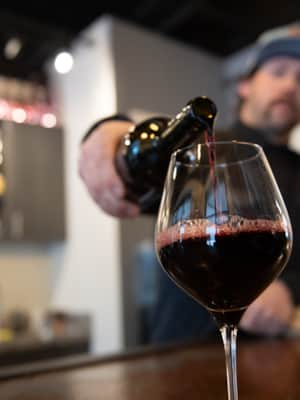
Want Wine? Utah Has an App for That!
Introduced in 2019, the UT DABC App for Apple or Android, allows customers to search for and locate any wine, beer or spirit in its entire Utah-statewide inventory.
